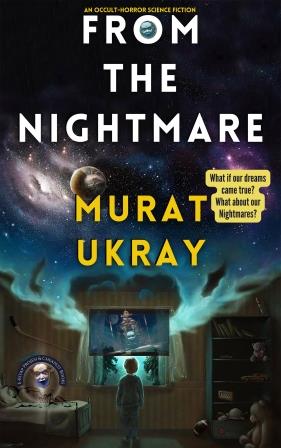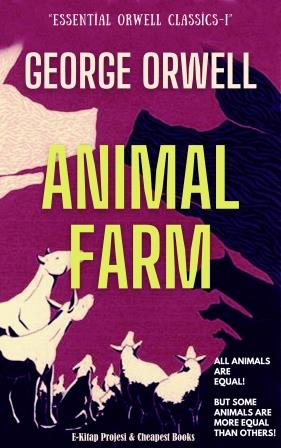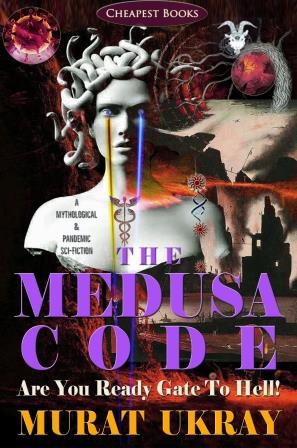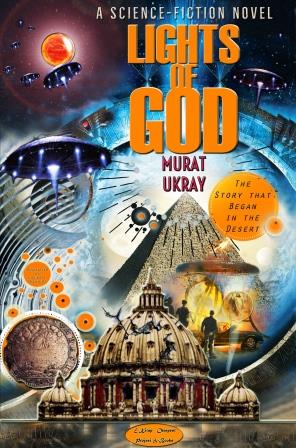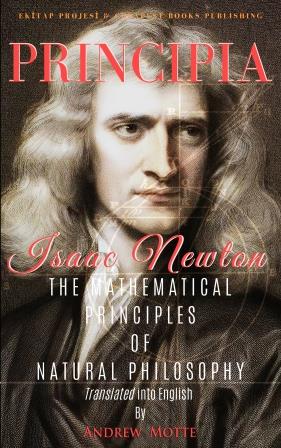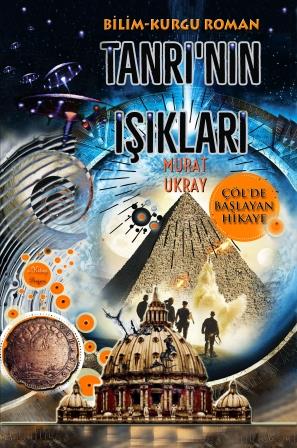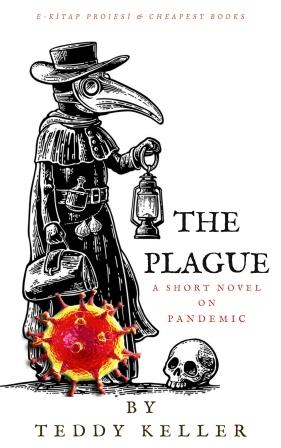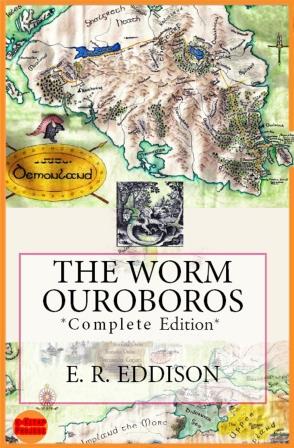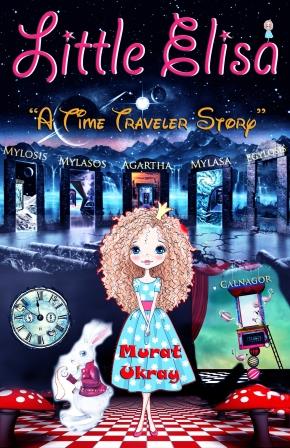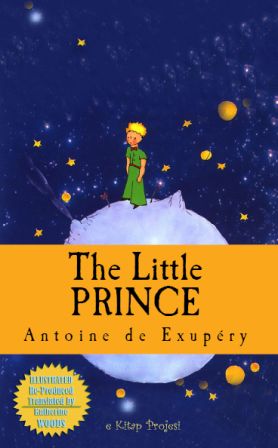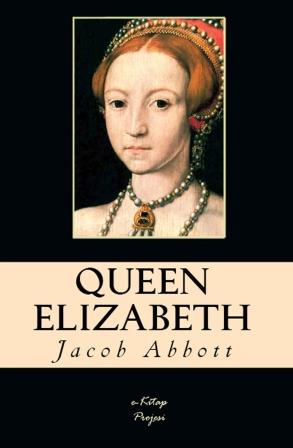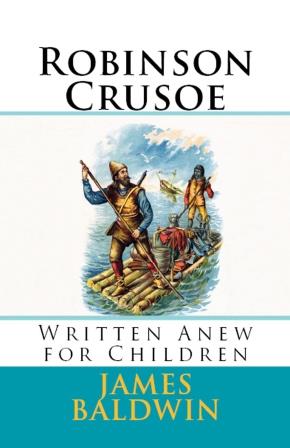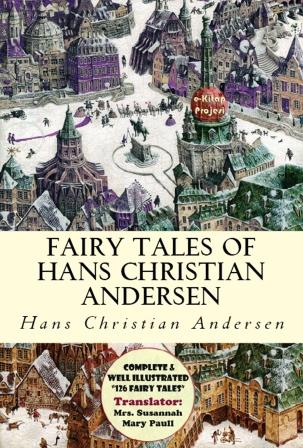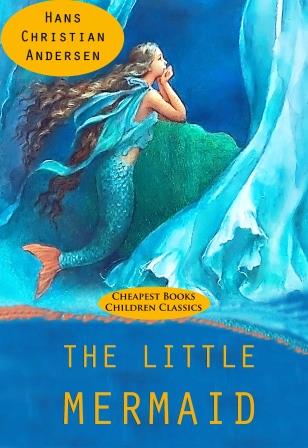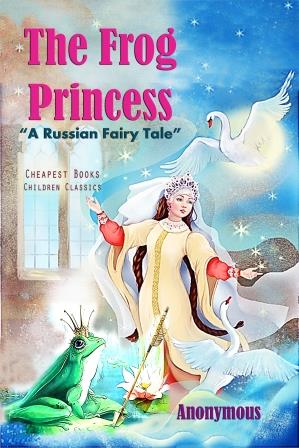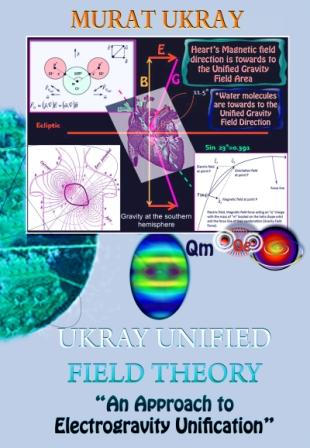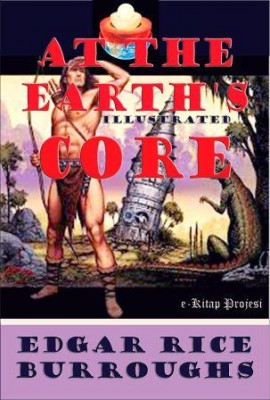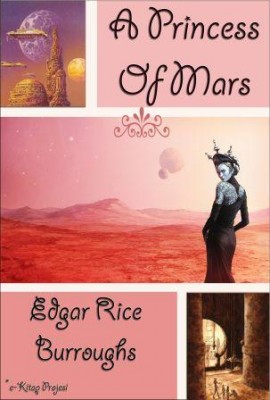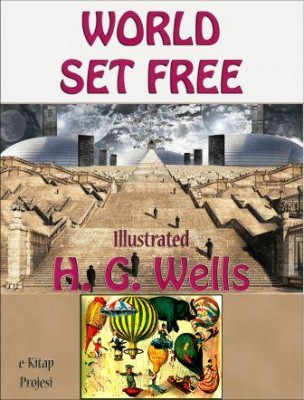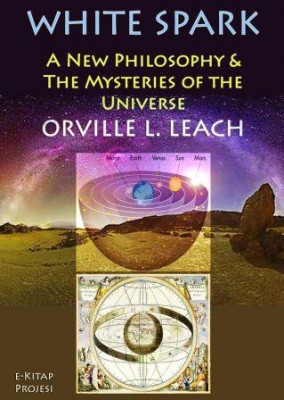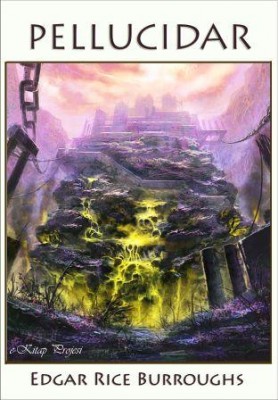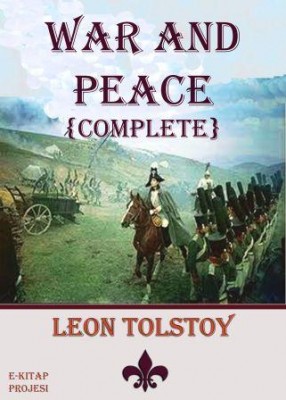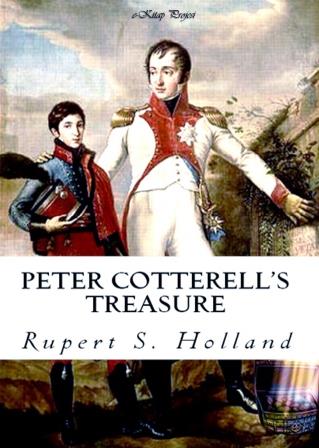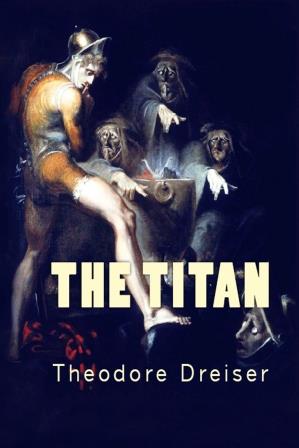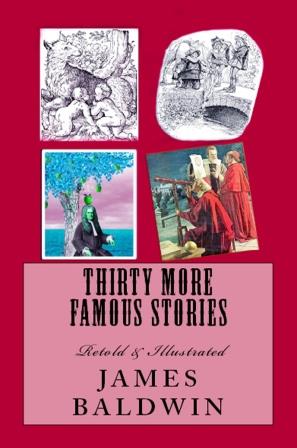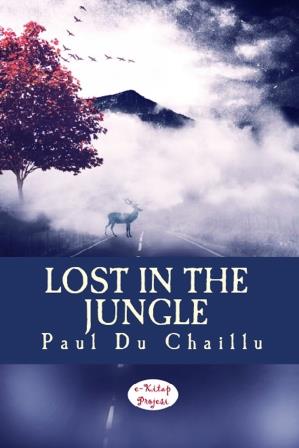More Search Results...
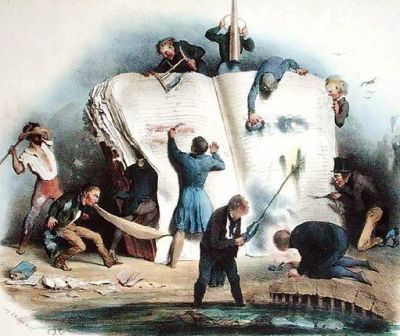
At the Earth’s Core
At the Earth's Core is a 1914 fantasy novel by Edgar Rice Burroughs, the first in his series about the fictional "hollow earth" land of Pellucidar. It first appeared as a four-part serial in All-Story Weekly from April 4–25, 1914. It was first published in book form in hardcover by A. C. McClurg in July, 1922.
Short summary:
The author relates how, traveling in the Sahara desert, he has encountered a remarkable vehicle and its pilot, David Innes, a man with a remarkable story to tell.
A Princess of Mars
A Princess of Mars (1917) is a science fantasy novel by Edgar Rice Burroughs, the first of his Barsoom series. Full of swordplay and daring feats, the novel is considered a classic example of 20th century pulp fiction. It is also a seminal instance of the planetary romance, a sub-genre of science fantasy that became highly popular in the decades following its publication. Its early chapters also contain elements of the Western. The story is set on Mars, imagined as a dying planet with a harsh desert environment. This vision of Mars was based on the work of the astronomer Percival Lowell, whose ideas were widely popularized in the late 19th and early 20th centuries.
More info →World Set Free {Illustrated}
The World Set Free is a novel written in 1913 and published in 1914 by H. G. Wells. The book is based on a prediction of nuclear weapons of a more destructive and uncontrollable sort than the world has yet seen. It had appeared first in serialised form with a different ending as A Prophetic Trilogy, consisting of three books: A Trap to Catch the Sun, The Last War in the World and The World Set Free.
A frequent theme of Wells's work, as in his 1901 nonfiction book Anticipations, was the history of humans' mastery of power and energy through technological advance, seen as a determinant of human progress. The novel begins: "The history of mankind is the history of the attainment of external power. Man is the tool-using, fire-making animal. . . . Always down a lengthening record, save for a set-back ever and again, he is doing more." (Many of the ideas Wells develops here found a fuller development when he wrote The Outline of History in 1918-1919.) The novel is dedicated "To Frederick Soddy's Interpretation of Radium," a volume published in 1909.
White Spark
In his final years he aspired to publish his fringe beliefs. Here is the cover of his loon-tastic 84-page “handbook of the Millennium” The White Spark (1920)…
More info →Pellucidar
Pellucidar is a fictional Hollow Earth milieu invented by Tarzan creator Edgar Rice Burroughs for a series of action adventure stories. In a notable crossover event between Burroughs' series, there is a Tarzan story in which the Ape Man travels into Pellucidar.
The stories initially involve the adventures of mining heir David Innes and his inventor friend Abner Perry after they use an "iron mole" to burrow 500 miles into the Earth's crust. Later protagonists include indigenous cave man Tanar and additional visitors from the surface world, notably Tarzan, Jason Gridley, and Frederich Wilhelm Eric von Mendeldorf und von Horst.
War and Peace
War and Peace is a novel by the Russian author Leo Tolstoy, first published in 1869. The work is epic in scale and is regarded as one of the most important works of world literature. It is considered Tolstoy's finest literary achievement, along with his other major prose work Anna Karenina (1873–1877).
More info →Peter Cotterell’s Treasure
Peter Cotterell’s Treasure (1922) This book, re-edited and illustrated by e-kitap projesi and published again in ebook format. In this book, telling that Cooterell’s adventures, and so was a treasure adventure, Naturally then Ben felt that this puzzle of Peter Cotterell’s treasure was right in his line, and the finding of the half-sheet of parchment whetted his appetite to discover more. He walked about the room, whittling shavings right and left, he sat down and kept on whittling, he stood up again, and since by now the willow-stick had been whittled down to almost nothing, he threw what was left in the fireplace. That done, he went to a bookcase and took down from the shelf on top the old notebook that Tuckerman had found in his uncle’s bedroom. He shook his head in deep thought. “I don’t understand why that piece of parchment wasn’t discovered before. Probably it didn’t tell them any more than it’s told us so far.”
More info →The Titan
The Titan is a novel written by Theodore Dreiser in 1914. It is Dreiser's sequel to The Financier. Sometime after being released from prison, Frank invests in stocks subsequent to the Panic of 1873, and becomes a millionaire again.
More info →Thirty More Famous Stories Retold
CHRISTOPHER COLUMBUS discovered America on the 12th of October, 1492. He had spent eighteen years in planning for that wonderful first voyage which he made across the Atlantic Ocean. The thoughts and hopes of the best part of his life had been given to it. He had talked and argued with sailors and scholars and princes and kings, saying, "I know that, by sailing west across the great ocean, one may at last reach lands that have never been visited by Europeans." But he had been laughed at as a foolish dreamer, and few people had any faith in his projects.
More info →Lost in the Jungle
MY Dear Young Folks,—In the first book which I wrote for you, we traveled together through the Gorilla Country, and saw not only the gigantic apes, but also the cannibal tribes which eat men.
In the second book we continued our hunting, and met leopards, elephants, hippopotami, wild boars, great serpents, etc., etc. We were stung and chased by the fierce Bashikouay ants, and plagued by flies.
More info →
